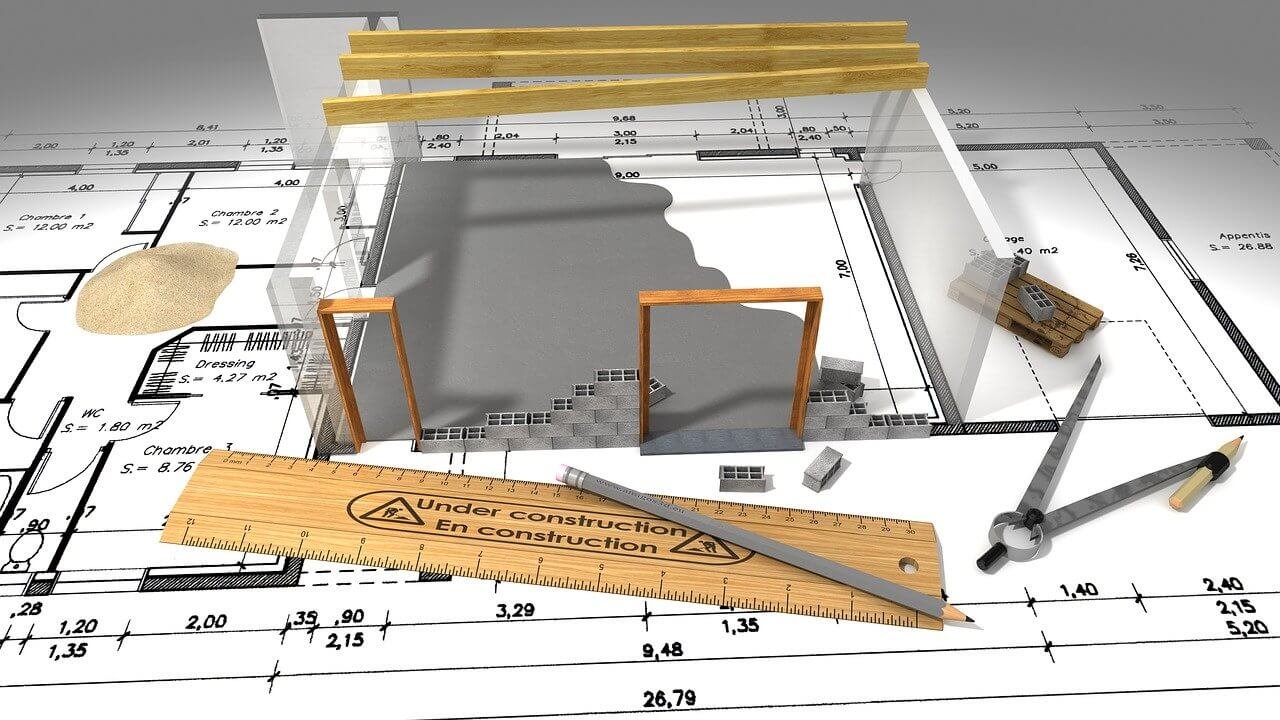Over the years, reliance on technology has increased amongst architects. Earlier, architects and designers drafted, plans, sections, and elevations by hand, now we have shifted to CAD. 3D models were physically made to visualize the design, whereas now we now build and view virtual 3D models.
Next, engineering calculations were done by professionals, by hand, which is now made easy by software packages available to perform analysis and run through standard calculations on their behalf.

Technology has always made a difficult task easier for humans. One of the major problems faced by architects, designers, and engineers are doing tedious calculations of structure load and material, climate, cost, etc. for a practical and logical design.
The application of computational strategies in the design process is called computational design. With the help of computer language i.e., coding and algorithms, computational designs aim to enhance the process. Thus, reducing the workload of designers.
Computational design is distinct from simply using computers in a more traditional design exercise. Humans describe the principle driving the design in algorithms and codes, giving a larger role to computers in the design process. Therefore, they are not just becoming a recipient of data but also a generator of it, creating the design representation from the rules the designer has set.
Parametric Design
A subset of computational design is parametric design. Parametric design is an approach that describes a design symbolically based on the use of parameters. If the parameters are changed, the design changes. The parametric program generates variations of a design by modifying the design parameters.
How is Computational design useful for architects?
Explore and Evaluate other complex solutions
Generating hundreds of options for design has become easier with the help of encoding design rules in a computational framework. Furthermore, each option can be individually evaluated using a specific criterion to determine the best solution.
Solutions are not only restricted to complex forms or geometry, encoding a standard design into a visual program, easily generating a number of options. This gives people time to focus on other interesting things.Automate repetitive tasks
Most computational design tools can be used to automate tedious tasks, like renaming or copying elements or views. It saves time for architects by automatically repeating tasks. The computational design gives the ability to create tools that work in a similar way humans works, making work smarter rather than harder.
Test your Design
With the help of computational design, evaluation of design on actual, real-life data is possible. Easily and quickly determining, the design performances of various design possibilities, others give more time to perform detailed simulations on that optimized design. Thus, giving determination as the design progress, not just at the end of the process.
How can one test the performance of their design? Rather than waiting for the building to be constructed, now changes can be made easily and with minimum expensive, as you can test your design at the design stage. Computational design tools make it easier to simulate building performance through the design process. Determining the amount of daylight, you can expect on a partially cloudy day in March?Algorithmic Thinking
Computational design users require to think logically and in a step-by-step manner. Creativity and intuition are what architects mostly rely on. Encoding the design by using computational design, each step in the design becomes a series of instructions that can be evaluated, revised, and improved. By thinking through all the steps of the design problem and considers all the inputs and outputs, you effectively create a process that can be understood and repeated.
Technological advancements have made designing easier and efficient. Saved time and money of architects, and made complex designs a reality. Also, It allows the architects to easily explore various solutions to problems logically. Computers are machines, that work with logic and process. They enable designers and architects to use, their logical thinking in enhancing their designs



